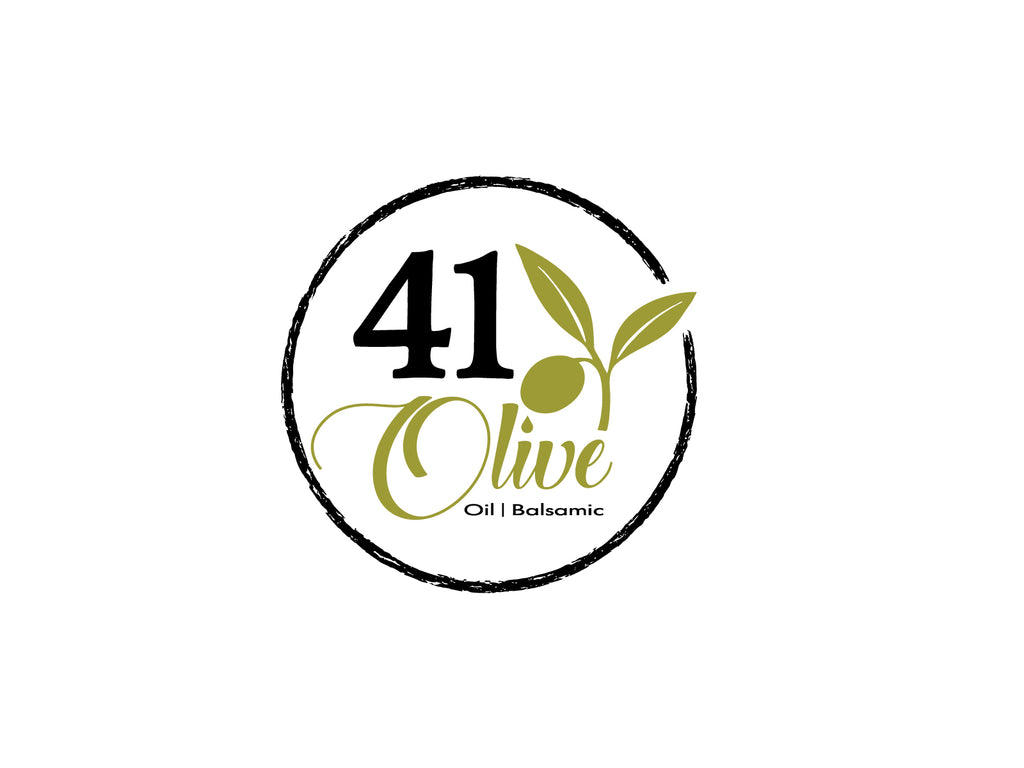5 Notable Ways You Are Using Olive Oil The Incorrect Way
1. Olive oil is only used for special occasions
Olive oil tastes best when it's fresh. It also retains its nutrients better when it is fresh. Let's not forget, olives are fruits, and you will most likely prefer their juice fresh.
Olive oil becomes old after 3-6 months since the harvest date. Next time you find a good olive oil, be sure to use it.
2. Never cook with Olive Oil
Corn oil, canola oil, or any other flavorless vegetable or seed oil is what you should use to cook. Olive oil is not recommended for frying. It's a surprising piece of misinformation that is still being spread in the media. Here's the truth: Olive oil doesn't have a very low smoke point.
Extra virgin olive oil is more smoke-resistant than other refined oils. It also has the polyphenols that slow down oxidation.
Smoke point for most olive oils is between 365 and 410 degrees Fahrenheit. You will not reach smoke point on your stovetop unless you are deep-frying industrially.
Heating can cause some loss of antioxidants. A Spanish study based on data from more than 40000 people found no link between eating fried foods and coronary heart disease. However, one detail was that the food was fried with olive oil and not repeated, meaning that they didn't fry the same food with the same oil repeatedly.
3. It's best to not eat too much of it
In the United States, 1 teaspoon of olive oil is consumed per day. If you want to reap the many benefits of olive oil, however, that 1 teaspoon is not enough. Studies after studies that show the health benefits of olive oils point to 2-3 tablespoons per day, regardless of whether it is:
- Heart disease
- Blood pressure
- Cognitive function or cancer
You will still be healthy if you eat a Mediterranean diet with minimal processed foods and vegetables.
Olive Oil is the best source of fat if you're following a Mediterranean diet. This means that most of the fat you consume in your diet will come from olive oil, which you use in cooking and salads.
4. You buy "Olive Oil "... But is it Really Olive Oil?
It can be difficult to label. The U.S. label "Olive Oil" indicates that the product is a mixture of virgin olive oils and refined olive oil. Refined olive oil, as the name implies, is an olive oil of low quality that has been chemically and physically refined to remove any undesirable characteristics such as a lackluster flavor or odor and free fatty acids.
The taste and benefits of extra virgin olive oils (polyphenols), are not present in this olive oil. We recommend that you purchase extra virgin olive oil of high quality.
5. Mild-tasting olive oil is what you prefer
Research has shown that many people don't know the taste of fresh olive oil. They are more familiar with and prefer rancid olive oils. Olive oil shouldn't taste buttery. However, many people believe that olive oil should have a buttery flavor and feel.
This is unfortunately incorrect. Olive Oil must have some bitterness. Fresh olive oil should taste fresh and green, but not bland or taste like "old nuts".
